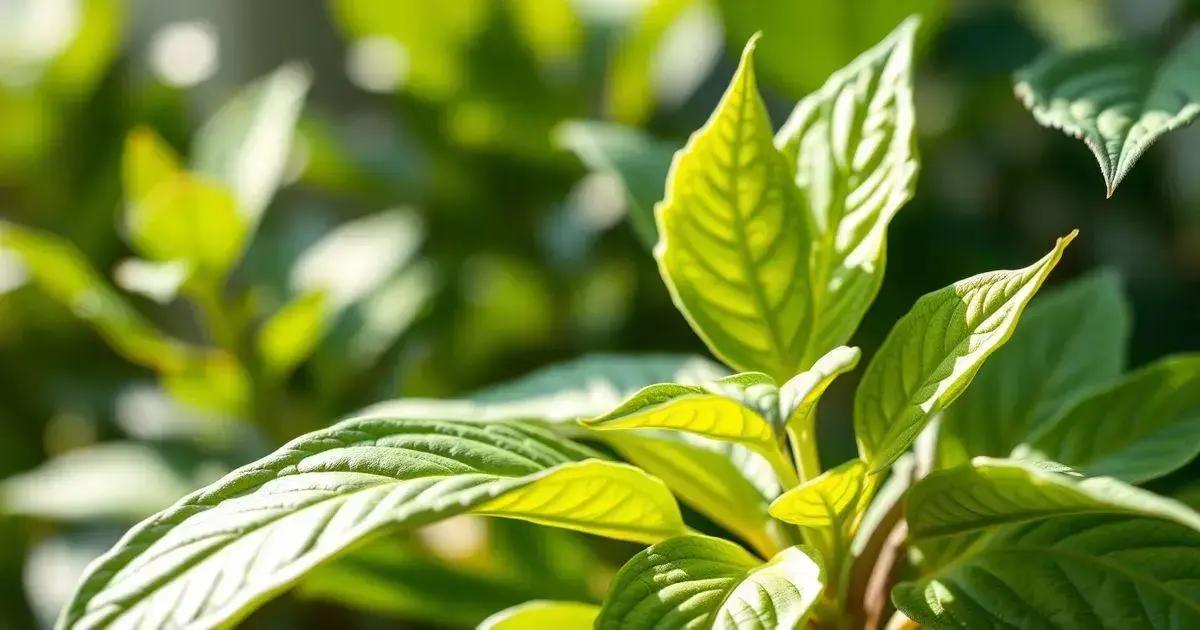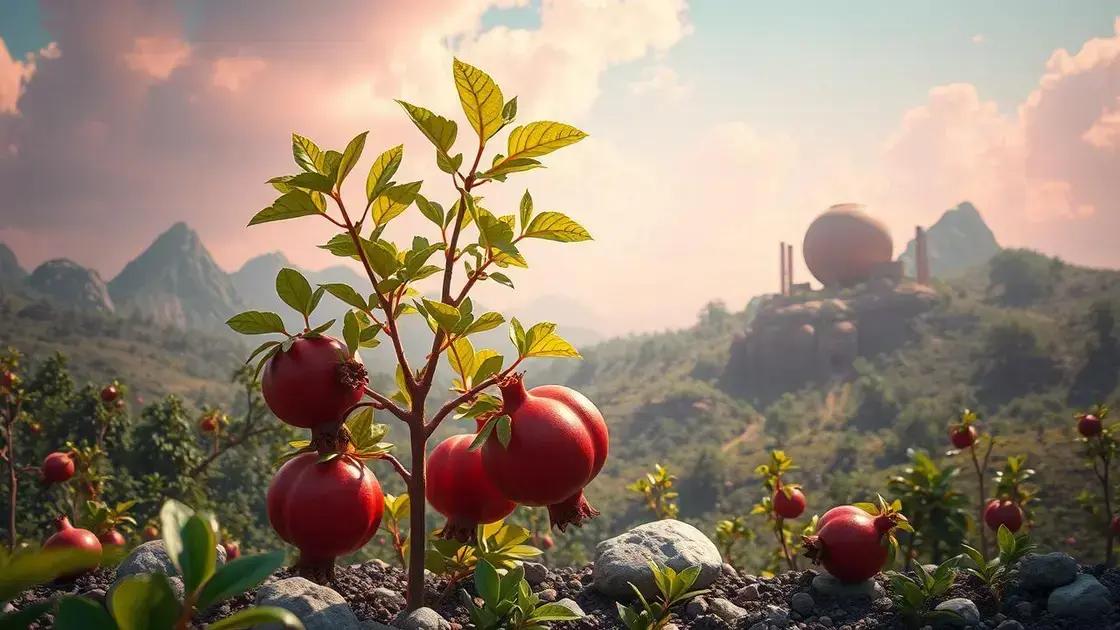Unlock the Secrets: How to Care for a Dwarf Pomegranate Plant Like a Pro
How to care for a dwarf pomegranate plant is simpler than you think, and your journey to vibrant greenery starts here. Imagine lush foliage and the promise of delightful fruit unfolding right in your garden or home. This engaging exploration will arm you with essential skills to elevate your cultivation game. Let’s dig into the specifics!
Table of Contents
ToggleEssential watering techniques for your dwarf pomegranate
Essential watering techniques for your dwarf pomegranate are crucial to ensure thriving growth and delicious fruit production. Proper hydration is the bedrock of healthy plants, especially for those cultivated in pots or gardens. Your dwarf pomegranate requires specific watering practices to avoid both overwatering and underwatering, which can harm the plant.
Understanding your pomegranate’s watering needs
- Dwarf pomegranates prefer well-draining soil.
- Water the plant deeply but infrequently.
- Adjust your watering schedule based on seasons and growth stages.
Watering schedule and techniques
- Establish a routine: Water when the top 1-2 inches of soil feel dry.
- Seasonal adjustments: Increase frequency during hot summer months and reduce it during winter dormancy.
- Observe rainfall: Incorporate natural precipitation into your watering plan.
Signs of overwatering and underwatering
| Condition | Signs |
|---|---|
| Overwatering | Yellowing leaves, root rot, mushy roots |
| Underwatering | Wilting leaves, dry soil, leaf drop |
In essence, finding the balance in watering is key. Consider exploring indoor gardening techniques to maximize your pomegranate’s potential. Your dwarf pomegranate will reward careful watering with fruitful yields!
Understanding sunlight requirements for optimal growth

Understanding sunlight requirements for optimal growth is essential for your dwarf pomegranate’s success. This plant thrives in bright environments, making proper light exposure a top priority for healthy development and fruit production.
Optimal sunlight exposure for dwarf pomegranates
- Dwarf pomegranates prefer full sun, requiring at least 6-8 hours of direct sunlight per day.
- Morning sun is ideal, as it helps dry dew and prevent fungal diseases.
- During scorching summers, some afternoon shade may be beneficial to protect the plant from excessive heat.
Signs your plant is getting the right amount of sunlight
- Vibrant leaves: Healthy green foliage indicates proper light exposure.
- Flowering: Frequent blooming is a good sign that your plant is receiving adequate sunlight.
- Fruit development: A bountiful harvest of fruit signifies optimal growth conditions.
Adjusting light exposure based on the environment
| Environment | Light Requirements |
|---|---|
| Indoors | Use grow lights if natural sunlight is insufficient. |
| Patio | Ensure the plant gets full sun and rotate it regularly. |
| Garden bed | Plant in a location that receives at least 6 hours of sun. |
Understanding these light requirements will help your dwarf pomegranate thrive. Be sure to consider exploring indoor gardening techniques to adapt your cultivation methods based on lighting conditions. Happy gardening!
Fertilizing and pruning tips for a healthy pomegranate plant
Fertilizing and pruning tips for a healthy pomegranate plant are crucial elements for promoting growth and fruiting. These practices ensure that your dwarf pomegranate thrives and yields delicious, juicy fruits.
Essential fertilization guidelines
- Use a balanced fertilizer, such as a 10-10-10 or 5-10-10 formula.
- Apply fertilizer in early spring and again in mid-summer.
- Avoid over-fertilizing, which can lead to excessive leaf growth at the expense of fruit production.
Pruning strategies for better air circulation
- Timing: Prune in late winter or early spring before new growth starts.
- Remove dead or crossing branches: This promotes air circulation and reduces disease risk.
- Shape the plant: Maintain a rounded shape that allows sunlight to reach all parts of the plant.
Benefits of proper fertilizing and pruning
| Practice | Benefits |
|---|---|
| Fertilizing | Enhances fruit set, increases overall plant health, and promotes vigorous growth. |
| Pruning | Improves air flow, encourages better sunlight penetration, and helps manage plant size. |
By following these fertilizing and pruning tips, your dwarf pomegranate plant can flourish. Additionally, consider exploring indoor gardening techniques to further enhance your gardening skills. Happy gardening!
In conclusion
Caring for a dwarf pomegranate plant requires attention to detail in various aspects, including watering, sunlight, fertilizing, and pruning. By implementing the techniques discussed, you can ensure a healthy and productive plant that rewards you with beautiful blooms and delicious fruit. Remember, each step you take will contribute to the vitality of your pomegranate. For more advice, explore tips on enhancing your indoor garden and keep growing your gardening knowledge!

